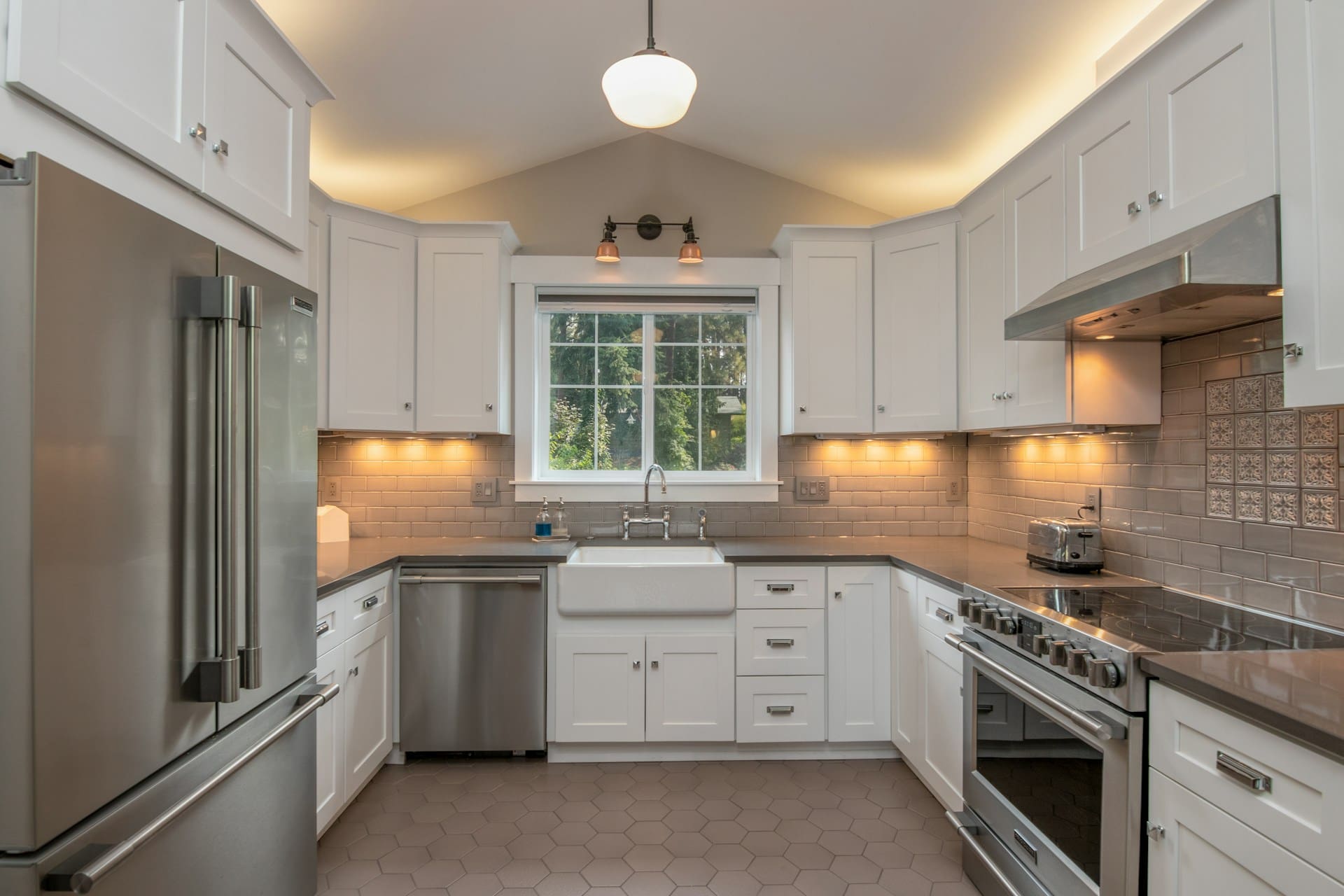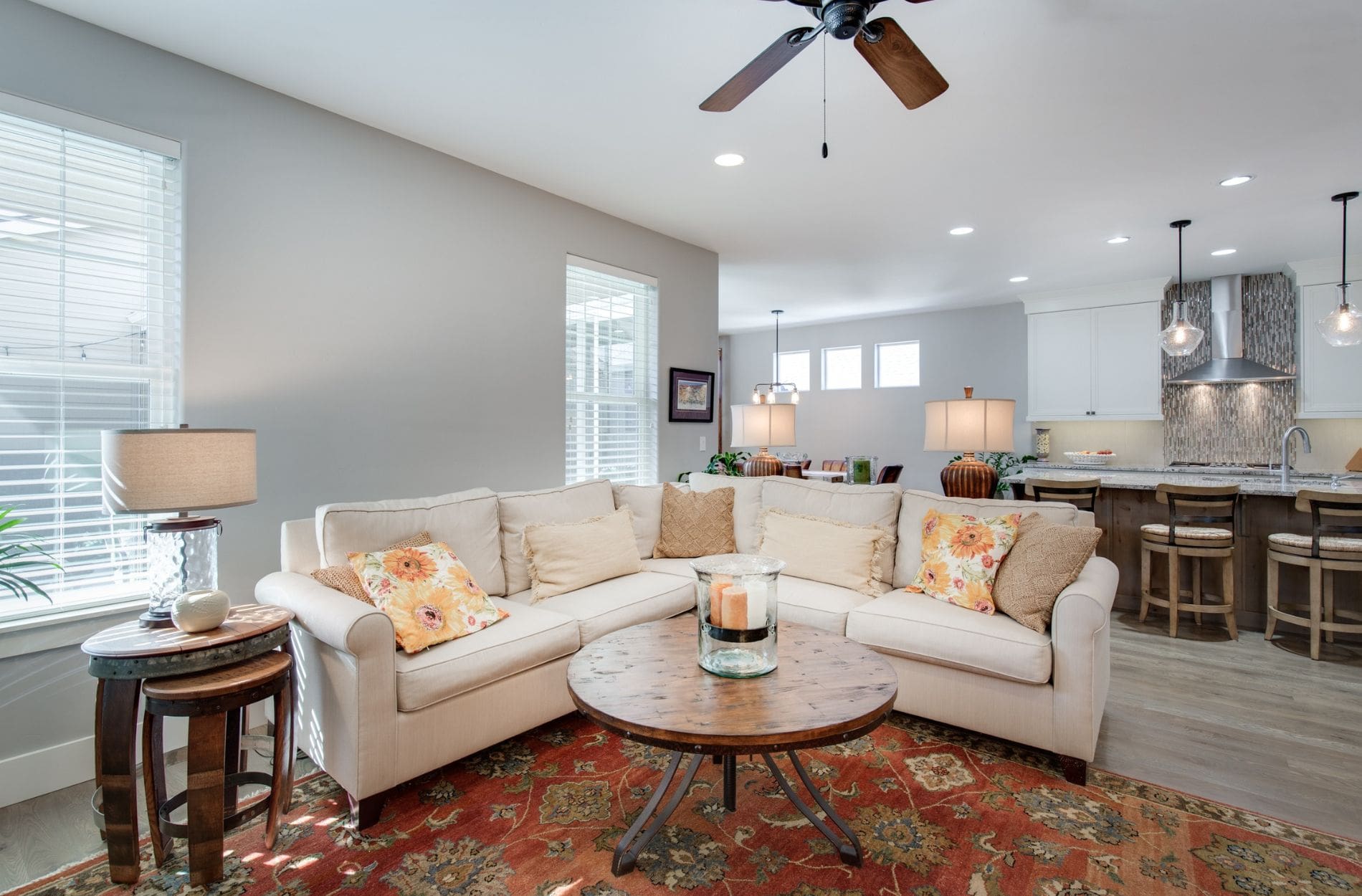
Common Mistakes to Avoid in Exterior Home Painting
Painting the exterior of your home can feel like a big task, but it offers a fresh new look and added value. The key is to avoid common mistakes that can lead to costly repairs or an unsatisfactory outcome. Choosing the wrong paint, skipping essential preparation steps, or ignoring weather conditions can turn your project into a frustrating experience. By understanding these pitfalls, homeowners can achieve a beautiful and long-lasting exterior without unnecessary headaches.
Exterior painting not only beautifies your home but also protects it from the elements. Living in places like Des Moines, with its variable weather, a well-chosen paint job can shield your home from moisture, temperature swings, and wear. Whether you’re sprucing up for your family’s enjoyment or gearing up to sell, proper planning and execution ensure you will not have to redo the work anytime soon.
Choosing the Wrong Paint
One of the biggest mistakes in exterior home painting is selecting the wrong type of paint. The climate in Des Moines requires specific considerations, as it experiences both extreme heat and icy winters. Both oil-based and latex paints have different advantages depending on these conditions. Understanding these differences helps in making an informed choice.
1. Oil-Based Paints:
- Provide a durable, glossy finish.
- Better for high-traffic areas due to their hard surface.
- Take longer to dry, which can allow dust and particles to stick if not correctly timed.
2. Latex Paints:
- Quicker drying time, freeing up your schedule.
- Flexibility to expand and contract, which is excellent for fluctuating temperatures.
- Easier cleanup with soap and water, requiring less time and resources.
Considering these factors ensures not just aesthetics but also your home’s long-term protection. While oil-based paints are perfect for certain situations, latex paints may offer better solutions for the events of Iowa’s weather year-round. The right choice will depend on your specific needs and style preferences, making it crucial to fully understand your options before beginning. With careful planning and informed decisions, you can achieve an elegant and protective finish for your home.
Inadequate Surface Preparation
Surface preparation is like laying the groundwork for a masterpiece. It’s easy to skip, but this critical step can make all the difference in how long and well your paint job lasts. Without a clean and prepped surface, your paint can peel off prematurely, costing you time and money to fix. Here’s what you need to consider to avoid this common mistake:
1. Cleaning the Surface:
- Remove dirt, mildew, and grease.
- Use a mild detergent and rinse thoroughly.
- Let the surface dry completely before moving to the next step.
2. Scraping and Sanding:
- Scrape off loose or peeling paint.
- Sand the surface to create a smooth finish.
3. Repairing and Filling:
- Fill cracks and holes with appropriate filler.
- Sand the repair areas until smooth.
Getting these steps right ensures that the paint adheres properly and the final result looks professional. Spending a little extra time here goes a long way in enhancing the beauty and durability of your home’s exterior.
Ignoring Weather Conditions
Outdoor painting isn’t just about slapping on a fresh coat when you have free time. Weather plays a pivotal role in the success of your painting project. Iowa’s weather can be unpredictable, making it essential to plan carefully. The ideal conditions? Dry, mild days without extreme heat or cold, allowing paint to cure properly.
To make sure you’re painting under the best conditions, consider these tips:
- Check the Forecast: Aim for clear, dry days. Avoid painting when rain is expected immediately after.
- Temperature Matters: Paint between 50°F and 85°F. Too hot or too cold, and you risk poor coverage and adhesion.
- Watch the Wind: High winds can carry dust and particles which can stick to wet paint, ruining your finish.
Being mindful of these factors ensures that your paint job goes on smoothly and lasts longer.
Skipping Primer
Primer might seem like just another can of paint, but skipping it can lead to serious regret down the line. It plays a vital role in ensuring a uniform, robust finish and helps paint adhere better, especially on bare wood or repaired areas.
Benefits of Using Primer:
- Seals the surface to reduce the need for more paint.
- Enhances the paint’s adherence, reducing peeling and chipping.
- Provides a uniform base to highlight the paint color accurately.
By not using primer, you risk exposing bare materials to weather conditions, leading to moisture damage and leaving your home vulnerable over time.
Overlooking Safety Measures
Lastly, safety should never take a back seat when painting exteriors. It may not be the most exciting part of the project, but it’s undeniably important. Painting often involves working from heights, using ladders or scaffolding, and handling potentially hazardous materials.
Here are some safety tips to keep in mind:
- Ladder Safety: Use a ladder that’s stable and long enough for the job at hand. Ensure it’s on level ground.
- Protective Gear: Wear goggles, gloves, and masks to protect against paint fumes and splatters.
- Keep a Clean Workspace: Remove obstacles that could cause trips or falls.
Avoiding these common pitfalls in exterior home painting can lead to a beautiful, lasting finish that enhances your home’s appeal. Understanding what to do and what not to do creates a smoother process and allows you to focus on enjoying the transformation of your home. With these practical tips, you’re well on your way to achieving professional results.
After following these guidelines, your project can look great and stand the test of time. For residents in Des Moines and nearby areas, achieving a perfect finish is just a call away. Unearth the full potential of your home’s exterior with Midwest Paint’s exterior home painting services. Trust the experts to transform your home’s exterior into a masterpiece that you can be proud of.



